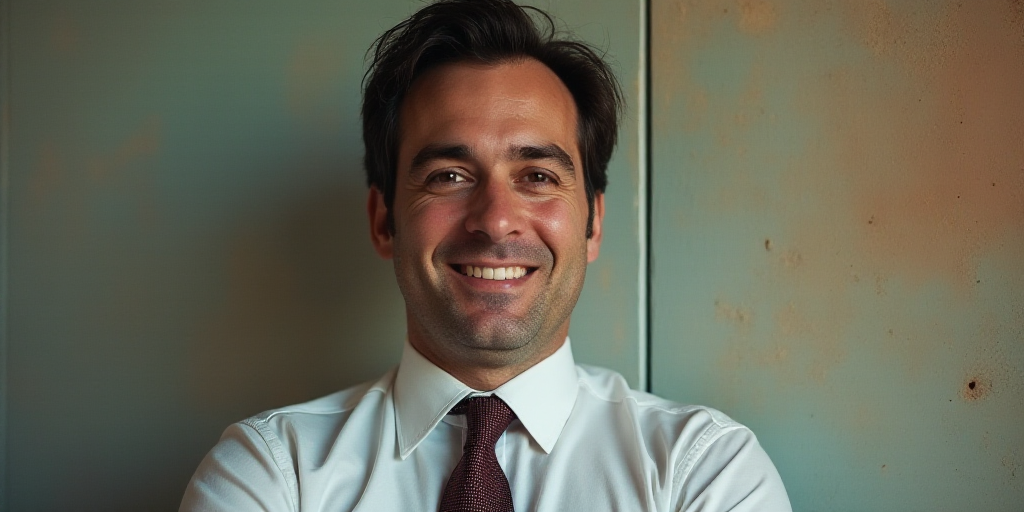Introduction
While Haiti struggles as a failed state and Cuba grapples with an economic dictatorship, Mexico finds itself in a unique position. Under President Andrés Manuel López Obrador’s administration, Mexico has experienced its lowest economic growth in 36 years, averaging only 0.9% annually.
The CEPAL Report and Mexico’s Economic Performance
The recent CEPAL (Economic Commission for Latin America and the Caribbean) report identifies Haiti, Cuba, and Mexico as having the poorest economic performance this year and next. However, this alignment is merely a statistical coincidence and perhaps an exaggeration by the media.
Cuba and Haiti are more compatible with Venezuela, sharing structural causes that have led to economic failure. Mexico, on the other hand, is in a phase of defining whether it faces structural degradation or merely a transient condition.
Mexico’s Economic Identity Crisis
If Mexico were to visit a psychiatrist, it could be diagnosed with Dissociative Identity Disorder due to its multiple national personalities. On one hand, Mexico desperately clings to economic association schemes with the United States, including hyper-neoliberal free trade agreements. Simultaneously, it undermines trust through authoritarian tendencies to control powers and autonomies, including the soon-to-be electoral authority.
The CEPAL report on Foreign Direct Investment in Latin America and the Caribbean 2025 highlights that Mexico has lost its capacity to receive these resources since 2019.
Government Efforts and Uncertainty
The federal government seems eager to deliver positive results without acknowledging the need to reverse many of López Obrador’s absurd measures. There are evident changes in security matters, awaiting results, while discretion prevails in other areas like energy. However, the government remains stagnant in propaganda practices, centralization of power, and assisted social spending distribution.
Mexico’s current position at the bottom of regional and global growth expectations is due to uncertainty. This stems from the future of its commercial relationship with the United States and maintaining Mexico’s status as an institutional democracy.
Trump’s differentiated treatment of Mexico and the expectation of lower tariffs on exports have allowed Mexico to transition from a recession estimate to a 0.3% growth this year.
The Path Forward: Building Confidence
While external concessions from the United States are crucial, Mexico’s primary need is to regain investor and citizen confidence. This can only be achieved by solidifying the rule of law, strengthening democratic institutions, and ending the authoritarian power struggle.
Only then can Mexico choose between the instability of multiple national personalities or the certainty that comes with a stable, democratic future.
Key Questions and Answers
- Q: How has Mexico’s economy performed under López Obrador? A: Mexico’s economy has experienced its lowest growth in 36 years, averaging only 0.9% annually.
- Q: What does the CEPAL report say about Mexico’s economic performance? A: The CEPAL report identifies Mexico as having poor economic performance this year and next, alongside Haiti and Cuba.
- Q: What challenges does Mexico face in terms of economic growth? A: Mexico struggles with uncertainty due to its commercial relationship with the United States and maintaining democratic institutions.
- Q: How can Mexico improve its economic outlook? A: By solidifying the rule of law, strengthening democratic institutions, and ending authoritarian tendencies.






